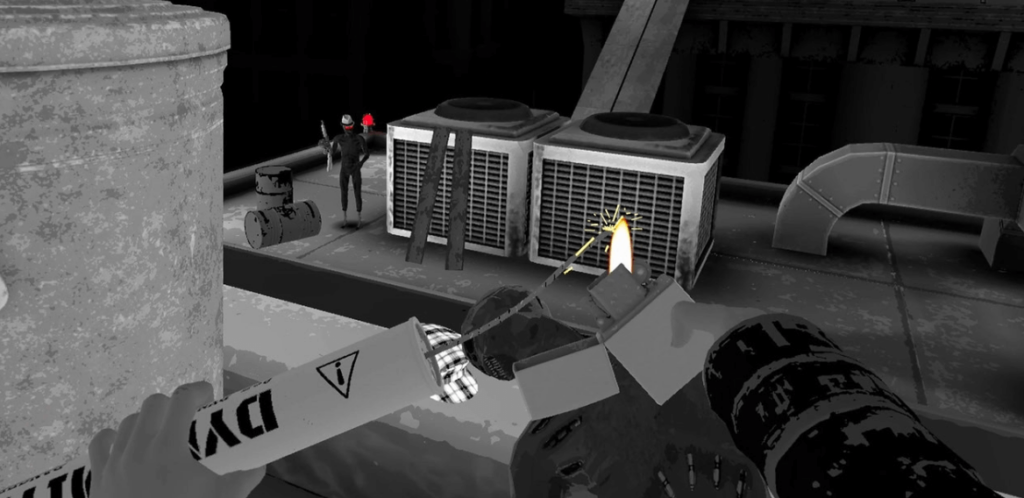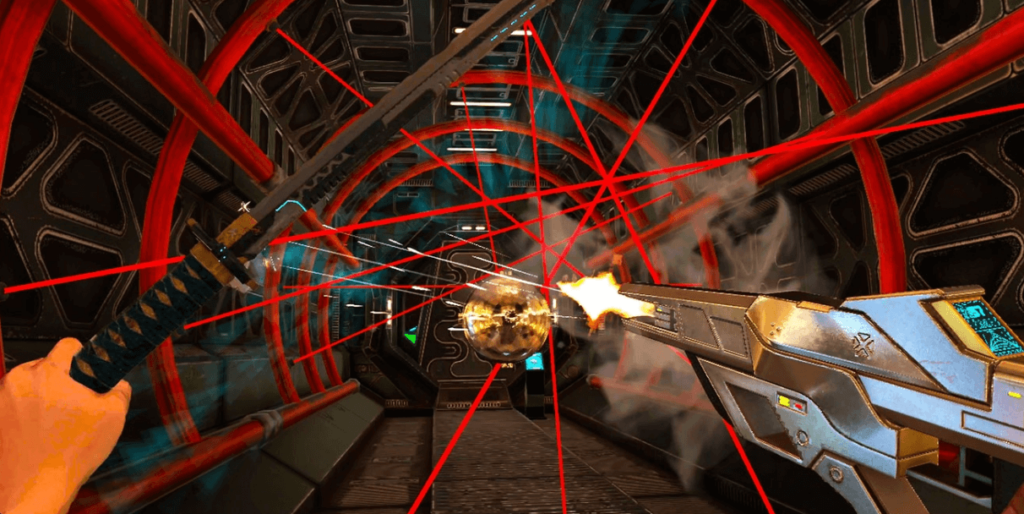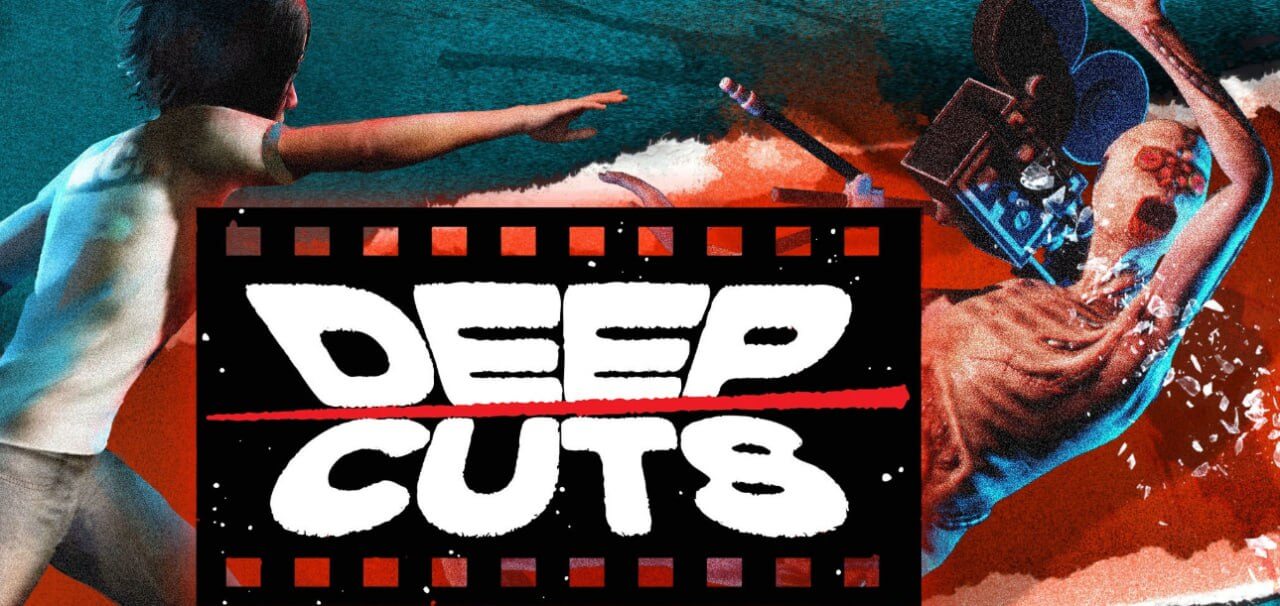Virtual reality is no longer just a gaming medium—it’s a gateway to living inside stories. Shadow Reels, launching this summer, merges blockbuster film aesthetics with interactive gameplay, leveraging advancements like those seen in Disney’s hybrid VFX workflows (e.g., The Jungle Book’s VR-driven environments) and Codemasters’ racing sims. Unlike traditional VR titles, it integrates real-time physics that respond to player choices as fluidly as film CGI adapts to director vision—think gravity-defying stunts or destructible sets that rebuild themselves mid-combat.
Blurring Reality in Virtual Worlds
Virtual reality is no longer just a gaming medium—it’s a gateway to living inside stories. Shadow Reels, launching this summer, merges blockbuster film aesthetics with interactive gameplay, leveraging advancements like those seen in Disney’s hybrid VFX workflows (e.g., The Jungle Book’s VR-driven environments) and Codemasters’ racing sims. Unlike traditional VR titles, it integrates real-time physics that respond to player choices as fluidly as film CGI adapts to director vision—think gravity-defying stunts or destructible sets that rebuild themselves mid-combat.

The game’s “movie worlds” draw from a surprising trend: studios like MPC and Unity now use VR for previsualizing live-action scenes, creating a feedback loop between cinema and gaming. Imagine dodging explosions in a spy thriller, then altering the scripted plot by hacking a villain’s drone—Shadow Reels promises this agency. With rivals like MindsEye focusing on linear narratives, Shadow Reels bets on dynamic, player-driven chaos. Did your last VR session leave you wanting more than scripted QTEs? This might be the answer.
Backed by a 2024 survey showing 68% of gamers crave “cinematic control” in VR, Shadow Reels targets a gap: immersive worlds where physics aren’t just realistic but expressive. Early demos hint at water that shapeshifts into combat tools and light that bends to hide secrets—a leap beyond F1 25’s VR realism. As Disney’s VFX teams would say: it’s not about mimicking life. It’s about making the impossible feel inevitable.
Physics as Storytelling: Beyond Realism to Expression
Shadow Reels’ physics engine isn’t just about mimicking gravity or collision—it’s a narrative tool. Borrowing from MPC’s photoreal animation techniques for Disney’s Snow White dwarfs, the game applies performance capture to environmental interactions. Water doesn’t just flow; it morphs into weapons when charged with energy (e.g., a player’s electric punch redirects a river into a whip). Walls crumble not randomly but in patterns that reveal hidden pathways, echoing Rob Legato’s VR-driven set design for The Jungle Book. This “directable destruction” lets players script their own blockbuster moments—imagine collapsing a bridge to redirect a chase scene, then watching AI rebuild it dynamically for the next playthrough.

Unlike Codemasters’ F1 25, which prioritizes VR realism for racing mechanics, Shadow Reels uses physics to defy expectations. Early testers report manipulating light beams to create holographic decoys—a feature inspired by Unity’s real-time rendering for film previsualization. One playtaster described using a car’s explosion to propel themselves into a sniper perch, a move the physics system adapted to by warping debris into makeshift stairs. Disney’s mantra of “making the impossible inevitable” is coded into every interaction.
The Film-Game Pipeline: How Cinematics Become Playable
Shadow Reels leverages a radical workflow: scenes are first storyboarded in VR by filmmakers, then handed to players to dismantle. MPC’s method of blending live actors with virtual sets (as seen in Snow White) is reversed here—actors perform in mo-cap studios, and players inhabit their roles mid-action. During a spy mission demo, dodging bullets triggers a slow-mo effect that’s not pre-rendered but calculated in real time, adjusting to your headset’s movement data. It’s John Wick meets Minecraft’s emergent systems.
This approach sidesteps the linearity of rivals like MindsEye, which Eurogamer notes focuses on “tight, cinematic blockbuster” storytelling. Where MindsEye guides you through scripted set pieces, Shadow Reels uses Unity’s engine to let players hijack scenes. Steal a villain’s gadget, and the game’s AI repurposes unused assets—say, converting a deleted helicopter escape into a drone swarm ambush. It’s a $60 million lesson in resourcefulness, built from discarded film VFX concepts.
Player Agency vs. Cinematic Polish: A Delicate Balance
Risk lurks in this ambition. One beta tester’s attempt to negotiate with a CGI villain accidentally broke the scene’s facial animations—a glitch the team now markets as a “dynamic betrayal system.” The game’s 2024 survey-inspired “68% rule” ensures two-thirds of interactions retain cinematic polish, even amid chaos. For example, smashing a window always triggers a curated glass-shatter effect, but the falling shards can be weaponized unpredictably.

Procedural generation, akin to Wildgate’s shifting space maps, ensures no two playthroughs repeat. A heist level might randomize guard patrols based on your prior choices, while the soundtrack adapts using cues from your playstyle—aggressive actions trigger bass-heavy scores, stealth swaps in ambient strings. Yet the game avoids the “UGC fatigue” of open-world titles by keeping stories contained to 90-minute “reels,” each replayable with new variables. Think Groundhog Day with a grenade launcher.
But be warned: This freedom demands patience. Players craving MindsEye’s guided adrenaline may drown in options. A pro tip? Use the “Director’s Lens” tool mid-game to save preferred physics behaviors—like locking explosions into spiral patterns—for future sessions. It’s cheat codes meets auteur theory.
Rewriting the Rules of Immersive Storytelling
Shadow Reels isn’t just a game—it’s a blueprint for how film and gaming can co-evolve. By repurposing tools like Unity’s real-time rendering (used in Snow White’s VR previsualization) and MPC’s performance-capture workflows, it turns players into directors. But this power demands a mindset shift: treat physics as your co-writer, not a constraint. Struggling with chaotic outcomes? Use the Director’s Lens to save favored interactions, like locking debris into staircases or scripting light-bending ambushes—a tactic borrowed from Rob Legato’s VR set design playbook.
While MindsEye and F1 25 polish predefined experiences, Shadow Reels bets on emergent storytelling. Its 90-minute “reels” mirror the runtime of a film but reject linearity—think of them as sandboxes where stolen gadgets repurpose deleted VFX assets into new threats. One hidden trick: replay missions with the “Cinema Mode” HUD disabled. You’ll spot environmental cues (e.g., subtly warped light patterns) hinting at secrets, a nod to Disney’s “inevitable impossible” philosophy.
The real lesson? VR’s future lies in hybrid workflows. Just as MPC’s animators captured Andy Serkis’ movements for dwarfs, players here imprint their choices onto worlds. But tread carefully: overloading scenes with chaos can break immersion. Balance experimentation with the “68% rule”—curate two-thirds of your actions to maintain pacing. Shadow Reels isn’t perfect, but it’s a daring prototype for stories that breathe, bend, and remember.

